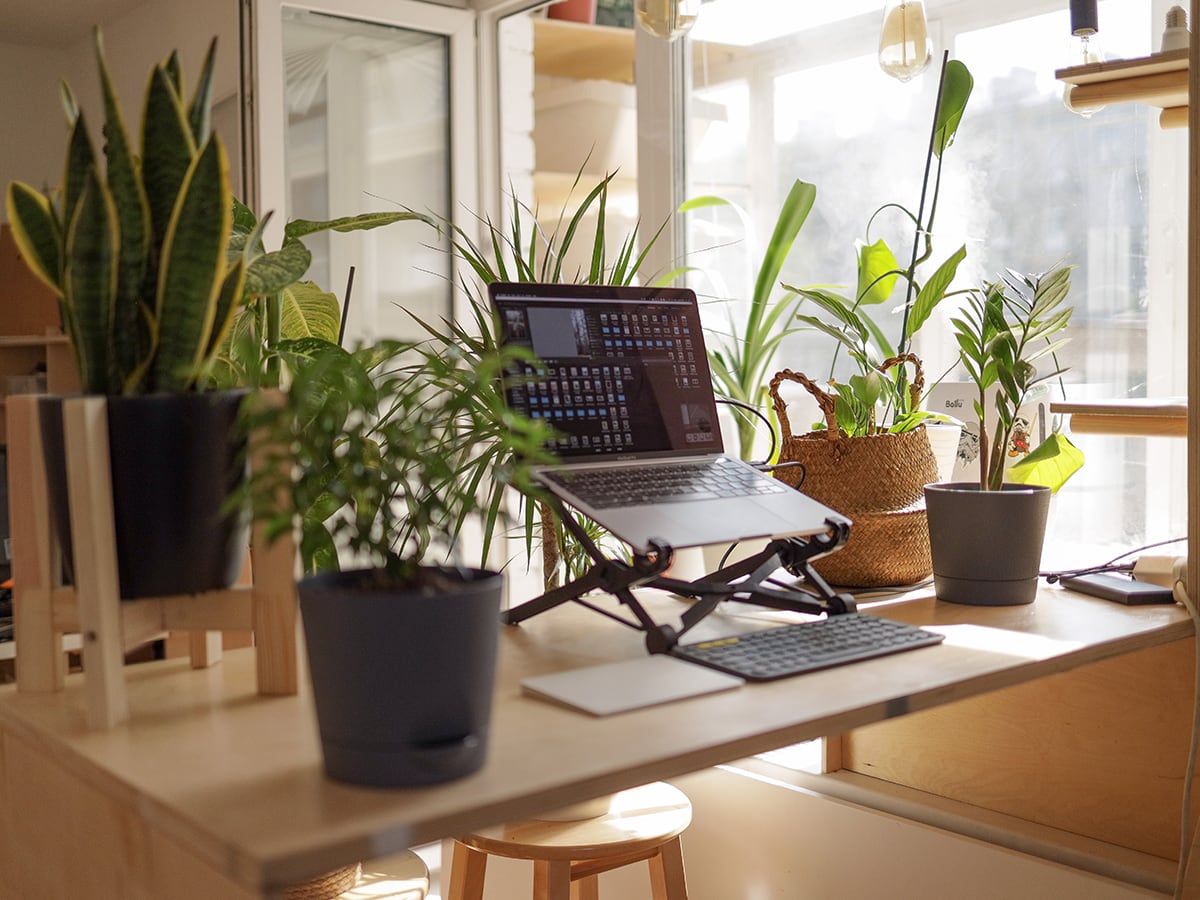Learn how to design a productive and healthy home workspace with tips for tiny house living, maximizing your space, and improving your well-being.
In today’s world, more people are working from home, making the need for a productive and healthy workspace more essential than ever. Whether you’re in a large house or a tiny house, creating a well-organized and comfortable environment can significantly boost your productivity and well-being. A well-designed home office should not only help you focus but also contribute to your physical and mental health. In this article, we’ll explore key strategies for designing a healthy home workspace, with special attention to optimizing small spaces like tiny houses.
The Importance of a Healthy Home Workspace
Your home workspace plays a significant role in your overall productivity and health. Here are some key reasons why having a well-designed, healthy home workspace matters:
- Increased Focus: A clutter-free and organized environment helps minimize distractions, allowing you to focus on tasks more efficiently.
- Reduced Stress: A calm and aesthetically pleasing space can lower stress levels, improving both mental health and work output.
- Physical Well-being: Proper ergonomics, natural lighting, and clean air quality contribute to better physical health, helping prevent issues like eye strain or back pain.
Essential Elements of a Healthy Home Workspace
Creating a healthy workspace involves combining several critical elements. Here are some of the most important aspects to focus on:
Ergonomic Furniture
The right furniture can prevent common work-from-home issues like back pain or carpal tunnel syndrome. Invest in an ergonomic chair and desk that support proper posture.
- Ergonomic chair: Adjustable height and lumbar support for maintaining good posture.
- Desk height: Ensure your desk height is optimal for typing and screen viewing without causing strain.
Natural Lighting
Exposure to natural light helps regulate sleep cycles and enhances mood, contributing to a healthier workspace. If possible, position your desk near a window to take advantage of daylight. In tiny houses, where space is limited, consider installing large windows or skylights.
- Natural light benefits: Boosts mood, increases energy levels, and reduces eye strain.
Air Quality
Air quality is often overlooked but plays a crucial role in maintaining a healthy home. Add plants to your workspace, use air purifiers, and ensure good ventilation to keep the air fresh and clean.
- Air-purifying plants: Spider plants, snake plants, and peace lilies are great options for improving indoor air quality.
Designing a Healthy Workspace in a Tiny House
Living in a tiny house comes with its own set of challenges, especially when it comes to designing a functional and healthy workspace. However, with the right tiny house design strategies, you can create a productive work environment even in a compact space.
Multi-functional Furniture
In a tiny house, space is a premium, so opting for multi-functional furniture can help you maximize the area. Consider pieces like a foldable desk that can be tucked away after use or a sofa with a built-in workspace.
- Foldable desks: Save space when not in use and keep the area clutter-free.
- Storage solutions: Built-in shelves or under-desk storage can help keep supplies organized and out of the way.
Declutter and Organize
Keeping a tiny space tidy is essential for both productivity and peace of mind. Use minimalist design principles to reduce clutter. Everything in your workspace should have a designated place.
- Minimalist decor: Limit your workspace to essential items to avoid clutter.
- Storage hacks: Vertical shelving or wall-mounted organizers help maximize available space.
Tiny House Design Tips for Productivity
Effective tiny house design can greatly influence how productive you are in your home office. With limited space, every inch counts, so planning your workspace carefully is essential.
Separate Work and Living Areas
In a tiny house, it’s important to create distinct boundaries between your workspace and living areas to promote better focus. This could be as simple as using a room divider or dedicating a corner of your tiny home solely for work.
- Room dividers: Use folding screens or curtains to define your workspace.
- Dedicated work nook: Designate a specific area solely for work-related activities to increase focus.
Use Vertical Space
Vertical space is often underutilized in tiny houses. Install wall shelves for storing books, office supplies, or even decorative items to keep your desk area clear.
- Wall shelves: Use for extra storage without taking up valuable floor space.
- Pegboards: A customizable way to hang office tools, supplies, or decor in a tiny house.
Designing a healthy and productive workspace at home is crucial for maintaining balance, focus, and well-being. Whether you’re working in a spacious home or a tiny house, incorporating ergonomic furniture, natural light, and clean air will enhance your workspace. For tiny house living, multi-functional furniture, smart storage solutions, and clearly defined workspaces will help you make the most of your limited space. By focusing on these elements, you can create a home workspace that not only boosts your productivity but also supports your health and happiness.

